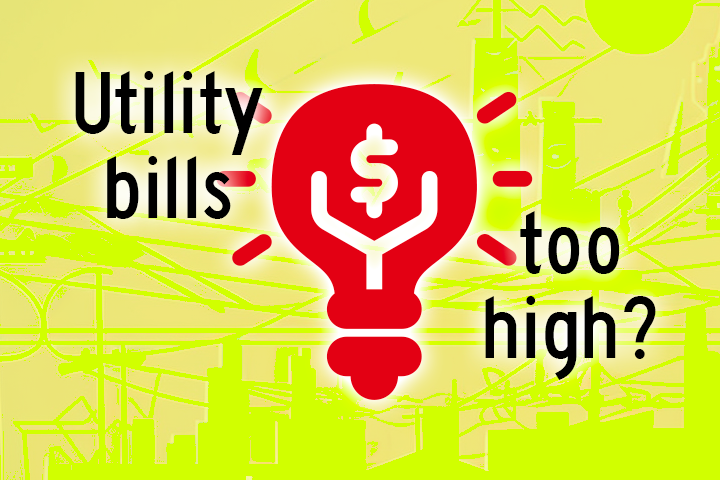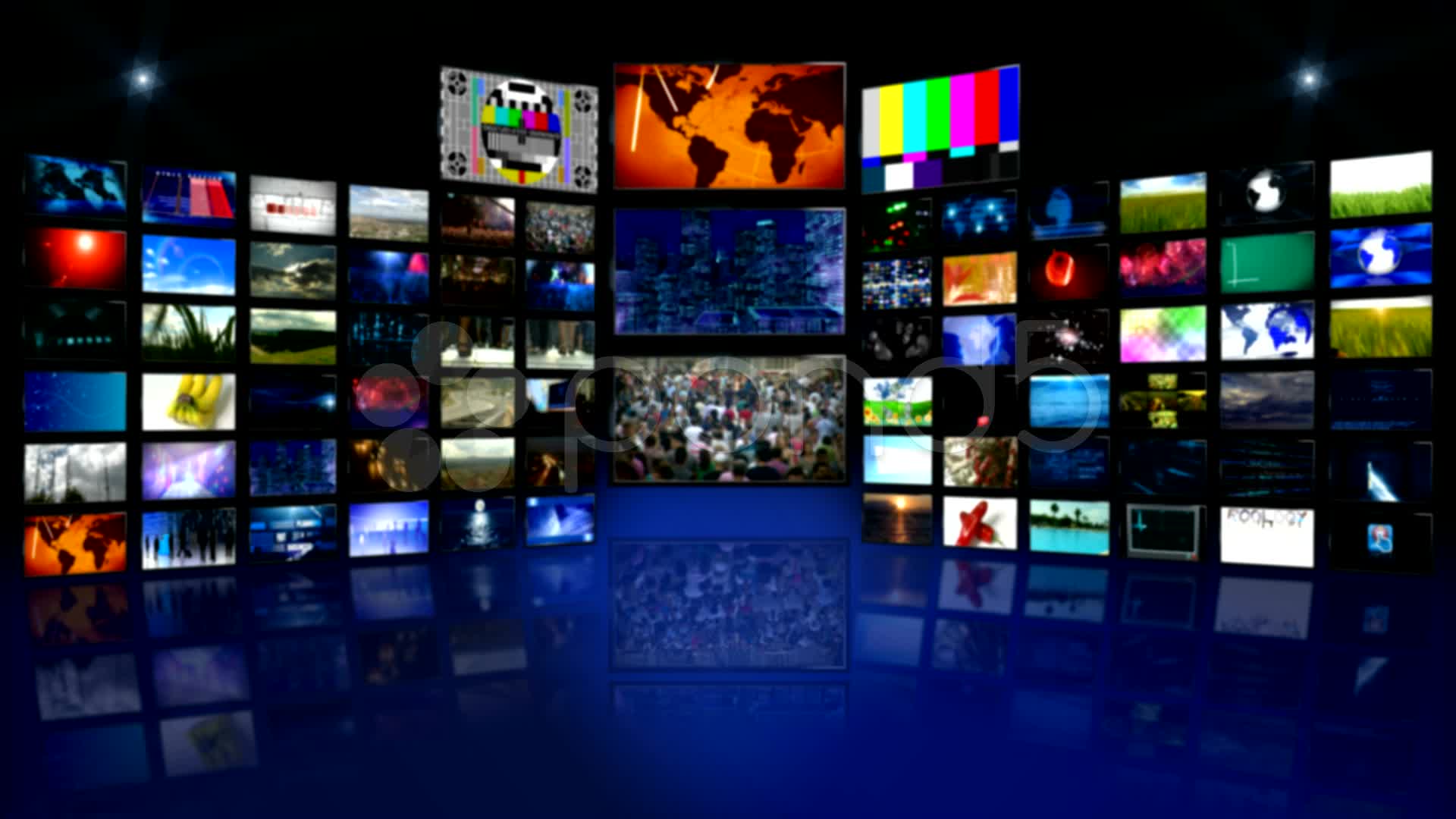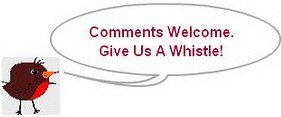
The cost of heating your home is expected to be a little softer this winter than in 2023, but the U.S. Government wants consumers who are having a hard time making ends meet with their utility bills that it can help improve the situation.
Most people are aware of the larger government assistance programs like Medicare and SNAP, but few are aware that there are programs to help pay for heating, cooling, home weatherization, internet, and phone bills, too.
LHEAP’ing
The Low Income Home Energy Assistance Program (LHEAP), for example, can help a person pay their heating or cooling bills or, in a situation like a major storm or flood, the program can ensure that a consumer gets emergency services while that energy crisis exists.
There are some variations in how much a person would receive based on where they live and how much they earn, but surprisingly, the eligibility criteria for LHEAP is pretty reasonable.
As an example, a household of a single person in Florida that has a maximum annual income of $27,735 or a family of three with a maximum income of $44,803, qualifies for assistance.
And if Kentucky is an example of how willing states are to help, it’s worth asking. The Bluegrass State says that its LIHEAP program helps approximately 150,000 families pay their heating bills each winter.
To find out more about your particular state’s funding and requirements, click here.
WAP
There are several ways consumers can make their homes more energy efficient – including installing solar panels or updating the HVAC systems. The government can’t help with everything in that category, but it does offer “weatherization assistance (WAP)” for certain energy-saving improvements to your home.
In addition, homeowners may qualify if they receive benefits from one of the federal assistance programs, such as Temporary Assistance for Needy Families (TANF) or Supplemental Security Income (SSI). To see if you are eligible and how to apply, all you have to do is contact your state's WAP office.
The $1 Energy Fund
A separate and non-governmental energy assistance program that may not be on your radar is the $1 Energy Fund. Its purpose is to provide a dollar-for-dollar match from its partnering utility companies for almost every donation the organization receives.
Its geographic scope is somewhat limited, but if you live in West Virginia, Ohio, Virginia, Tennessee, Maryland, Texas, Louisiana, Arkansas, California, Kentucky, Connecticut, Indiana, Nebraska, Illinois, Hawaii, New Mexico, or Washington state, and pay your energy bills to one of the 50 utility programs it’s partnered with, it may be worth investigating. Here’s the link.
Phone and internet bills
The federal government’s program for assistance in paying internet and phone bills is called “Lifeline” and it covers landline phones as well as cell/mobile phones, too.
The restrictions are a bit tighter than LHEAP assistance, though. For example, a household of three living in any of the 48 contiguous states, D.C., or U.S. territories, can’t make more than $33,561 a year.
There’s also a requirement that applicants already receive assistance from any of these programs:
Supplemental Nutrition Assistance Program (SNAP), formerly known as Food Stamps
Medicaid
Your Medicaid eligibility may be up for renewal. Learn more about how to renew (Spanish language information).
Supplemental Security Income (SSI)
Federal Public Housing Assistance (FPHA)
Veterans Pension and Survivors Benefit
You can apply for Lifeline in one of three ways – either online, via your phone or internet provider, or through the mail. And, yes, there’s some paperwork to fill out (isn’t there always?). To see if you qualify for Lifeline, just click here.
Photo Credit: Consumer Affairs News Department Images
Posted: 2024-01-04 13:08:59


















